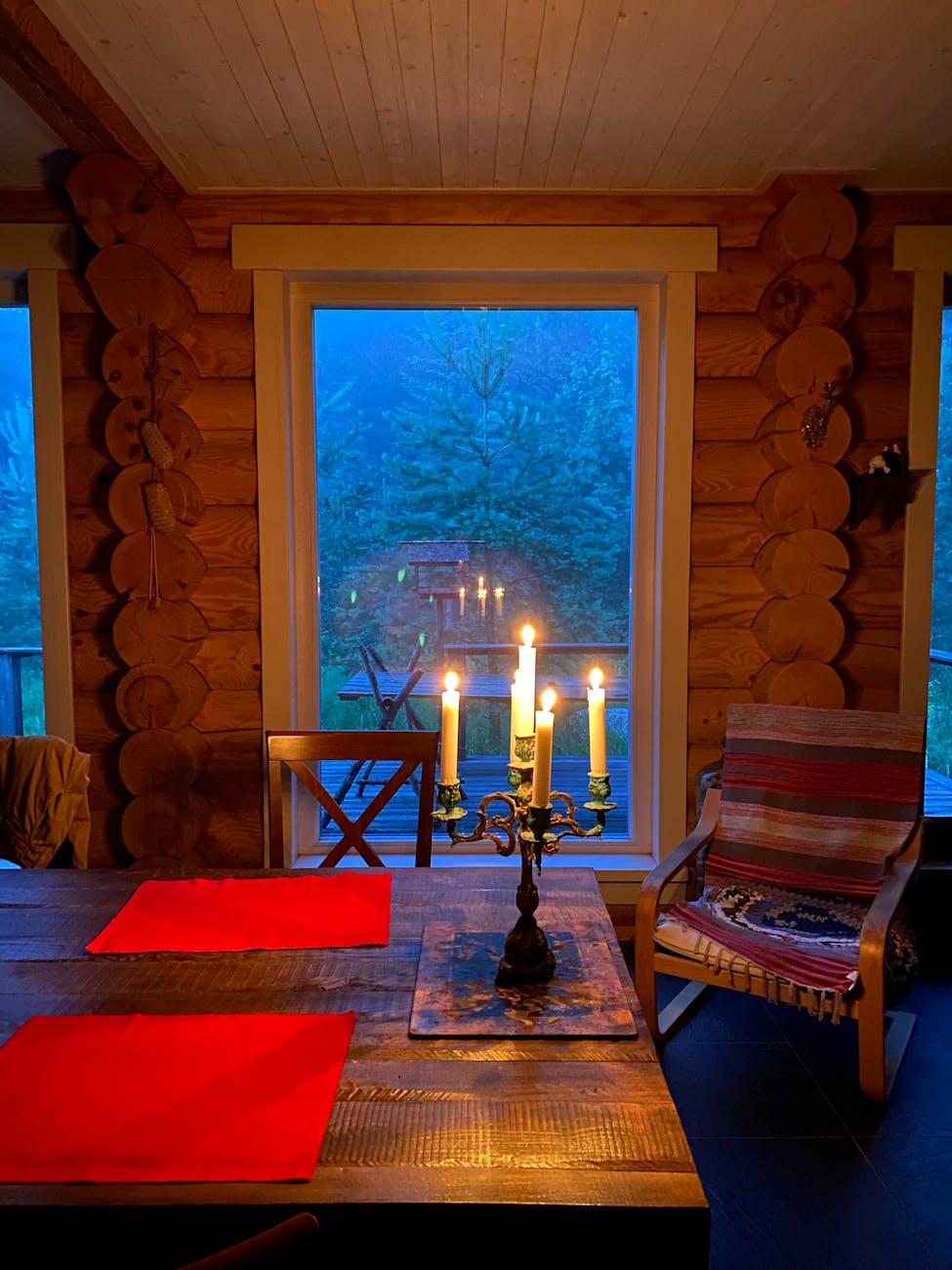Table of Contents
- Introduction to Log Homes
- Choosing the Right Materials
- Design Considerations
- Sustainable Building Practices
- Maintaining Your Log Home
- Common Myths and Misconceptions
- Financial Considerations
- Conclusion
Introduction to Log Homes
The allure of log homes is a mix of nostalgia and contemporary comfort, seamlessly melding the old with the new. Such homes are not just structures; they are sanctuaries that provide a retreat into nature, marrying the warm tones of raw wood with the tranquility of their surroundings. The inherent beauty of these homes lies in their simplicity and the story they tell through each grain of wood. As the world leans towards sustainable living, the popularity of log homes is on the rise, offering an architectural solution that is as durable as striking. Frontier Log Homes stands out among the numerous resources available, exemplifying the perfect synthesis of tradition and innovation in log home construction.
Historically, log homes began as humble abodes constructed by settlers, but they have evolved into luxurious dwellings that still echo their rustic origins. Whether you envision a traditional log cabin nestled in the woods or a modern marvel showcasing sleek lines and expansive spaces, the versatility of log homes caters to a broad audience. The journey of building one can be enriching, crafting a personal sanctuary that remains ageless in beauty and function.
Choosing the Right Materials
Selecting the right materials is one crucial step that lays the groundwork for a log home’s longevity and visual attractiveness. There are several sorts of wood, and each has unique benefits. For example, cedar is valued for its inherent resistance to insects and decay, making it a low-maintenance, long-lasting option. Because of its aromatic qualities, this wood weathers nicely and adds even more charm. Conversely, pine is praised for being inexpensive and straightforward to work with, and it gives a light, airy look that complements modern designs. Understanding the intrinsic qualities of these materials allows homeowners to make informed decisions guided by expert research on wood properties.
Moreover, wood treatments enhance the intrinsic properties of the logs, providing additional protection against environmental factors. Treatments like kiln drying reduce moisture content, minimizing the risks of cracking and splitting. Investing in quality materials and treatments not only ensures the longevity of your home but also elevates its beauty, allowing the natural elegance of the logs to shine through.
Design Considerations
Log home design is an intricate dance between aesthetics and practicality. It’s essential to consider how design elements can enrich your home’s functionality and feel. Open floor plans enhance the airy, spacious ambiance, while large windows capture breathtaking views and flood the interiors with natural light. Architectural styles vary widely—from traditional styles that hark back to simpler times to contemporary designs incorporating sharp angles and modern finishes.
The flexibility in design allows homeowners to tailor their homes to match their individual lifestyles and personal tastes. Incorporating outdoor spaces like decks or patios can extend the living area and deepen the connection to nature. Thoughtful design transforms a log house from a mere structure into a personal haven that reflects the essence of its occupants.
Sustainable Building Practices
Contemporary log homes are not only beautiful but also promote sustainability. The construction process significantly reduces its carbon footprint using recycled materials and energy-efficient technologies. Choosing sustainable forestry products contributes to environmental conservation. Beyond eco-friendliness, sustainable practices can lower utility bills, making them a wise financial choice. As homeowners increasingly seek to minimize their environmental impact, green technologies like solar panels and energy-efficient windows are becoming popular. Sustainability in home planning enhances the property’s value and positively impacts the planet.
Maintaining Your Log Home
Maintaining a log home is crucial in preserving its natural beauty and structural integrity. Unlike traditional homes, log homes require specific maintenance practices that respect the unique properties of wood. Regular applications of protective stains and finishes serve as the first line of defense against elements such as sun and rain. These treatments help prevent moisture intrusion, cracking, and insect infestations.
Regular inspections are also essential to catch minor issues before they escalate into more significant problems. Ensuring that the area around the home is clear of debris and that the foundation has proper drainage can prevent water damage. Taking the time to care for a log home ensures it will endure for generations, retaining its charm and functionality over the years.
Common Myths and Misconceptions
Despite its classic charm, log cabins are frequently misinterpreted and shrouded in myths, which turn off prospective enthusiasts. Log homes use less energy than their conventional equivalents, which is a common myth. Log homes can equal or exceed traditional energy efficiency with high-quality materials and contemporary sealing procedures. Because of the thermal bulk of the logs, less artificial heating and cooling is required to keep the inside temperature steady.
Another widespread misconception is that log homes require a lot of upkeep. Although they still need to be maintained regularly, improvements in finishes and treatments have made maintenance much more manageable. Prospective log homeowners must dispel these fallacies to understand the advantages and pleasures of having such a home.
Financial Considerations
Building and maintaining a log home is a significant investment beyond the initial construction costs. The quality of materials, the complexity of design, and the location all contribute to the overall budget. Yet, many find that the long-term benefits and unique value of log homes are worth the upfront expense. Energy efficiency can lead to lower utility bills, and the durability of logs results in fewer repairs over the years, resulting in overall savings.
Considering resale value is also an essential aspect of financial planning. With proper care and maintenance, a log home can maintain or even increase its value over time, often becoming a cherished asset to pass down through generations. Consulting resources like those offered by real estate experts can provide valuable insights into making financially sound decisions in your log home journey.
Conclusion
Log homes, with their harmonious blend of rustic charm and modern functionality, offer a unique living experience that few other housing styles can match. Selecting the right materials, adhering to sustainable practices, and ensuring regular maintenance will guarantee these homes remain beautiful, efficient, and enduring. As a testament to their enduring appeal, log homes continue to capture the imagination of those seeking a connection with nature without sacrificing comfort. Whether your vision is a cozy refuge or a luxurious dwelling, a well-crafted log home invests in quality, beauty, and timelessness.

